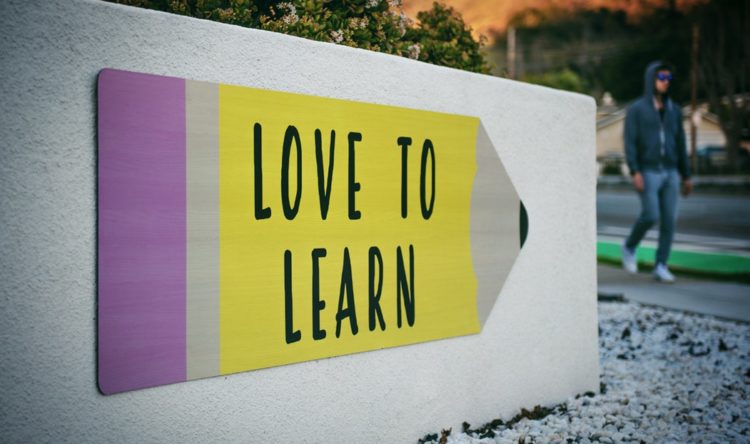Check out these frequently asked questions
From ADIs & PDIs from across the industry on a range of issues and topics
Powered by
Light and Reft
Can you give me some ideas to help those of my pupils who struggle with their left and rights, particularly when reversing?!
Daniel, ADI
Answer: It’s a really common confusion and not unique to pupils with learning challenges, such as dyslexia. Firstly, most of them will know they get confused and will tell you (or it will become obvious early on!). For these pupils, ask them what will work for them, and you’ll find that many of them will be able to come up with a solution, including avoiding the words ‘left’ or ‘right’ and choosing terms such as ‘my way’, ‘your way’, ‘towards the kerb’ or ‘away from the kerb’. Many will also suggest saying left/right but adding in a hand signal to give that visual prompt too, and you may find that that a Sat Nav helps in this way too, or letting them be responsible for their own route planning and directions also works. I’m not a fan of writing ‘L’ and ‘R’ on mirrors. Try it yourself and you can easily find you’re looking at the mirror, rather than into the mirror and therefore don’t see the reflection. Writing on hands may work for some, or even wearing a bangle or ring on one particular wrist/finger as a prompt can be a solution. When reversing, I find that stepping out of the teaching role and letting them learn from experimenting is often the most effective way of supporting them. Despite our best intentions, we can sometimes get in the way of learning and leaving them to find out what works for them, while keeping everyone safe, is often the most effective way of helping.
The Day Forward
I’m planning on carrying out an all-day Pass Plus lesson with a pupil. Any tips or suggestions of topics I should cover?
Mike, ADI
Answer: Putting the whole syllabus into one day has its pros and cons. However, with some route planning and time management, along with an awareness of both your ability to stay ‘on it’ as well as your pupil’s concentration levels, it can be a really worthwhile and effective day. My advice would be to focus not only on the driving skills and car control needed for the different roads and situations you will come across, but also focus on those all-important journey planning skills. Motorways and long journeys provide the ideal opportunity to look at post-test issues such as planning for fatigue and rest stops, times of day to travel, reasons for making a journey, and how these and other factors play a part in the outcome of a drive. Real life situations including carrying passengers, break-downs and travelling at different times of the day, week and year, as well as in different weather conditions are also really worthwhile discussions to have.
ADD Awareness
I’m interested in learning more about Attention Deficit Disorder (ADD). Can you recommend any good books?
Sara, ADI
Answer: A good book that is now a favourite on my bookshelf and that I regularly re-read bits of is ‘Driven to Distraction – recognising and coping with Attention Deficit Disorder from childhood through Adulthood’ by Edward M. Hallowell and John J. Ratey. The book is written in a clear and simple way, highlighting just how diverse we all are. It also focuses on the positives of the disorder, which we can sometimes overlook and fail to use to our advantage. This book will certainly increase your understanding, while giving you the additional knowledge that will help you support pupils with ADD when learning to drive.
Boxing Clever
I’m a newly qualified instructor and I’m looking for some ‘extras’ to include in my lessons that aren’t within the normal lesson curriculum. Any ideas?
Pip, ADI
Answer: Well done for thinking outside of the box! I personally love anything that involves a bit of real life. Making lessons relevant to learners and what they will find useful post-test is a good place to start. So, for example, teenagers will often tell you the first place they will go when they pass their test is McDonalds! Drive thru’s are great places to practice clutch control, lowering windows, communicating, being aware of others around and then the all-important conversation about eating and drinking at the wheel. Pupils who work, or have children, will benefit from traveling to and from work or schools, and looking at how and where to park, perhaps. All pupils will at some point need to fill their cars up with fuel and do some basic checks and maintenance. Petrol stations and oil, windscreen washer and tyre checks are all useful learning areas as well as a good time to cover some of the ‘show me, tell me’ questions in a more meaningful way. Multi-story car parks, night driving, carrying passengers and having music on are all firm favourites of mine too. Basically, anything from real life everyday driving scenarios that takes you away from the more sterile lesson template is good, effective and memorable preparation for new drivers.
What Do You Think?
I always ask pupils to write a review for me after they have passed their driving test. Where is the best place to ask for these to be left?
Russell, ADI
Answer: Positive reviews are great. Unfortunately, many of the platforms available mean that poor or even false reviews are hard to stop and certainly almost impossible to delete once written. However, don’t underestimate the power of good reviews, so do all you can to include them in as many places as possible. When it comes to your own website, you can ask the pupil for a text or Facebook review that you can then copy directly across, perhaps with a ‘Just Passed!’ happy photo. By creating a Google Plus account, pupils can leave reviews directly on Google and this certainly makes you more attractive when it comes to future customers researching on the net.
Facebook is probably the most instant, popular platform, and it requires little prompting of customers by you. The general thought is that the more good reviews and testimonials in the more places, the better!
Lou Walsh – https://driving-instructor.site/
Marmalade – https://www.marmaladenetwork.co.uk/






